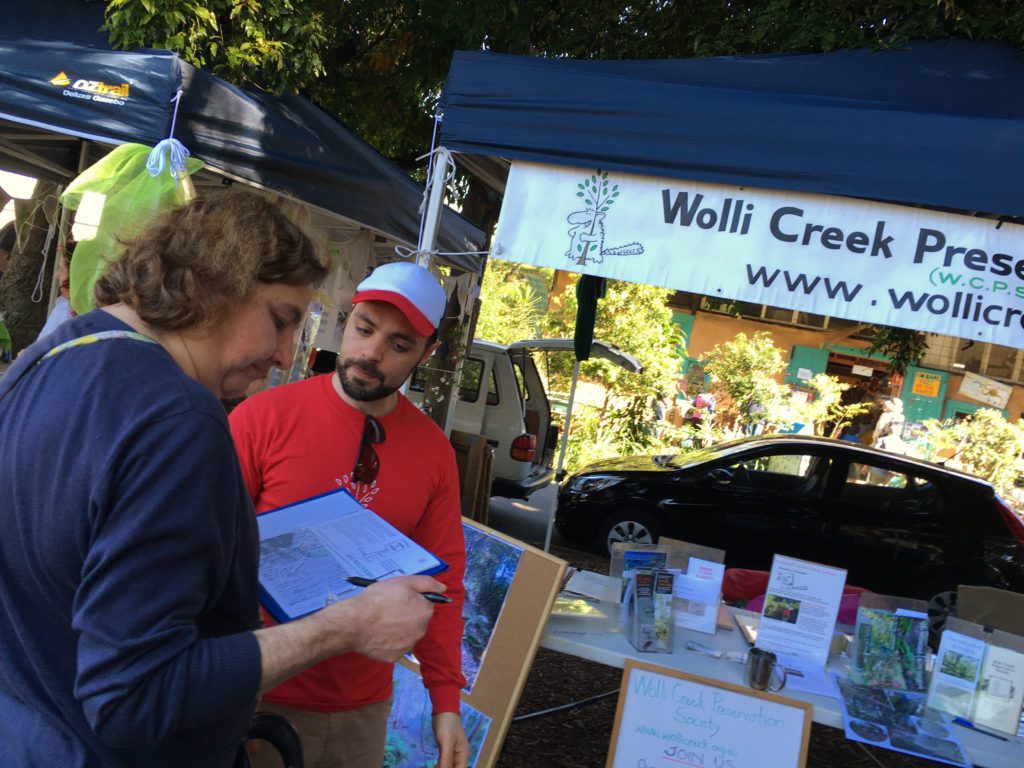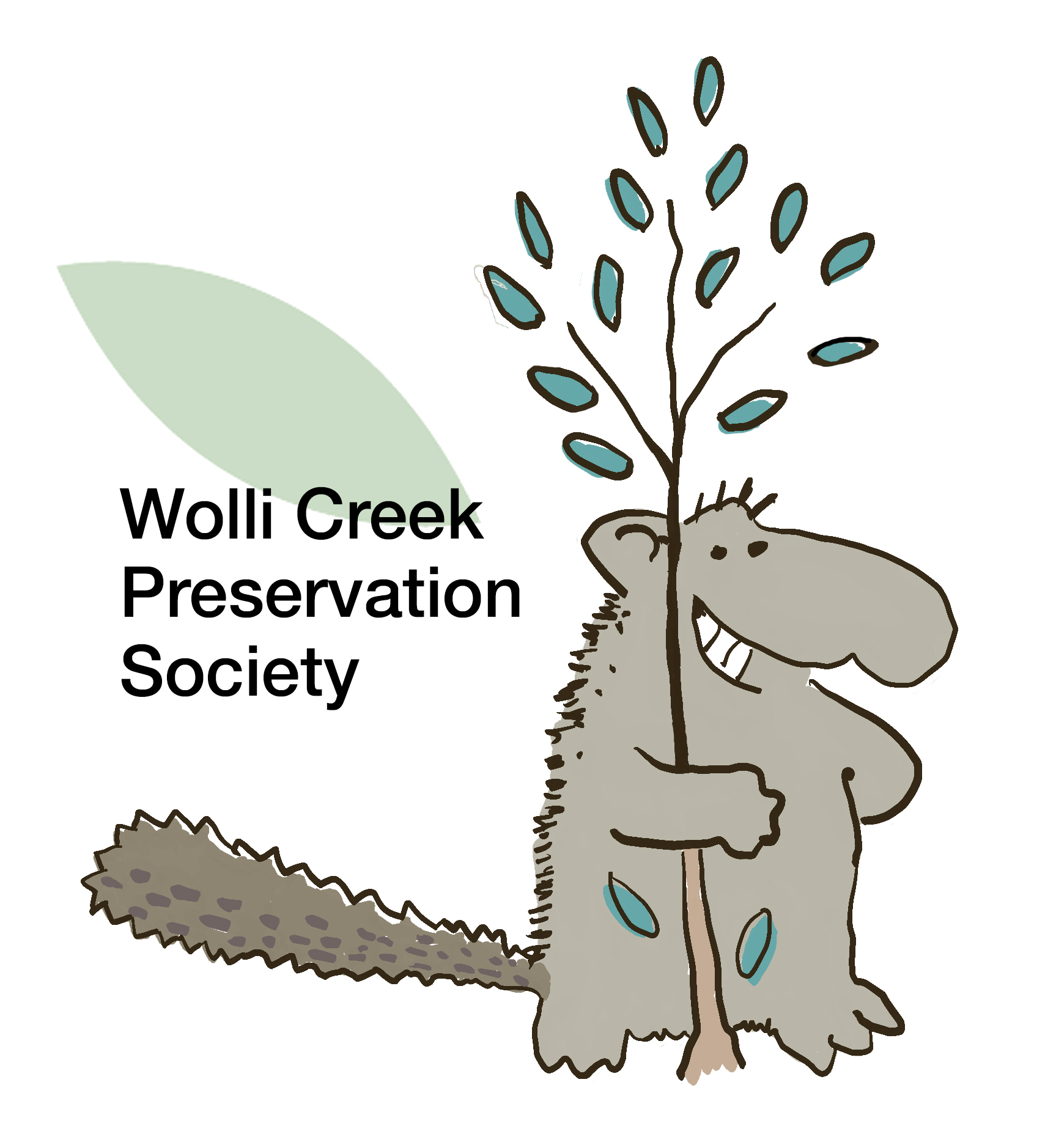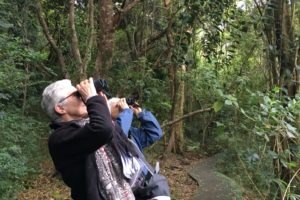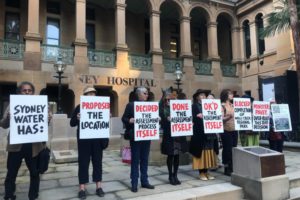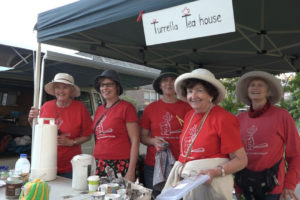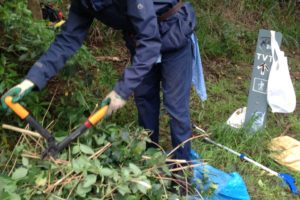ABOUT US
The Wolli Creek Preservation Society (WCPS) was originally formed in 1983 to actively oppose the construction of the M5 East motorway through the Wolli Creek Valley. It was incorporated in 1987.
STATEMENT OF PURPOSE
The Wolli Creek Preservation Society aims to ensure the preservation of the natural and cultural heritage of the Wolli Creek Valley, its tributaries, associated corridors and their ecological communities, and the ecologically sensitive restoration, expansion and maintenance of these areas. The Wolli Creek Preservation Society acknowledges that Wolli Creek flows through the cultural landscape of the Gadigal and Bidjigal people. To achieve its aim the Wolli Creek Preservation Society will seek to:
- involve the community through the provision of information, education and other activities related to the Valley and environmental issues
- carry out conservation and restoration programs and related activities
- develop programs to increase community awareness of the importance of sustainable, whole-of-catchment practices that have a positive impact on bushland, water quality and ecological communities
- promote and support passive recreation, education and research, both scientific and social, within the Wolli Creek catchment
- advocate for policy, development and resource allocation decisions that are complementary to the aim of the Wolli Creek Preservation Society
- liaise with all levels of government and relevant agencies regarding matters relating to the Wolli Creek catchment
- enhance and expand of natural ecosystems and passive open space along the Wolli Creek corridor and its tributaries
- undertake any other activities which further the aim of the Wolli Creek Preservation Society
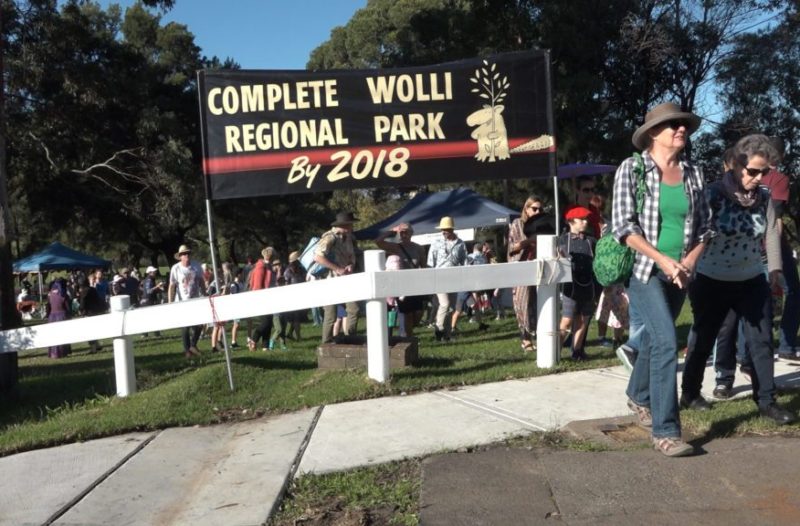
OUR VISION FOR THE WOLLI CREEK VALLEY (2022)
We want the bushland of the Wolli Valley to be:
- safe and healthy areas dedicated to the appreciation and restoration of native bushland and the protection of native urban wildlife, providing a home base for fauna and flora and corridors for their movement, particularly for migrants crossing the hostile Sydney urban area and providing a well-vegetated lung, carbon sink, and cooling element in the context of climate change.
- integrally linked to other urban bushland and parkland (particularly that in Bardwell Valley, Cooks River and the Greenway), via corridors of gardens and street plantings which are bush-supportive or bush-friendly and form habitat stepping-stones that sustain native wildlife movement.
- focused on passive and low-impact forms of recreation, and to reflection on, study of, and enjoyment of nature.
- home to near-natural bushwalking trails through restored bushland and parkland, supported by the preservation and interpretation of natural and cultural heritage, both aboriginal and settler, including the engineering of the sewer pipeline and aqueduct.
- a safe and accessible introduction to NSW bushland for children and others unfamiliar with it, in an area that is otherwise highly urbanised.
- an outdoor educational resource for schools with supportive facilities at Girrahween Park and Turrella Reserve.
- strongly supported by a community of volunteers actively involved in all aspects of management of the bushland area.
- well-protected by legislation and well-funded for ongoing maintenance, with the core area being the Wolli Creek Regional Park under NPWS as a single managing authority for the whole of its designated area.
- free from activities run by for-profit organisations.
